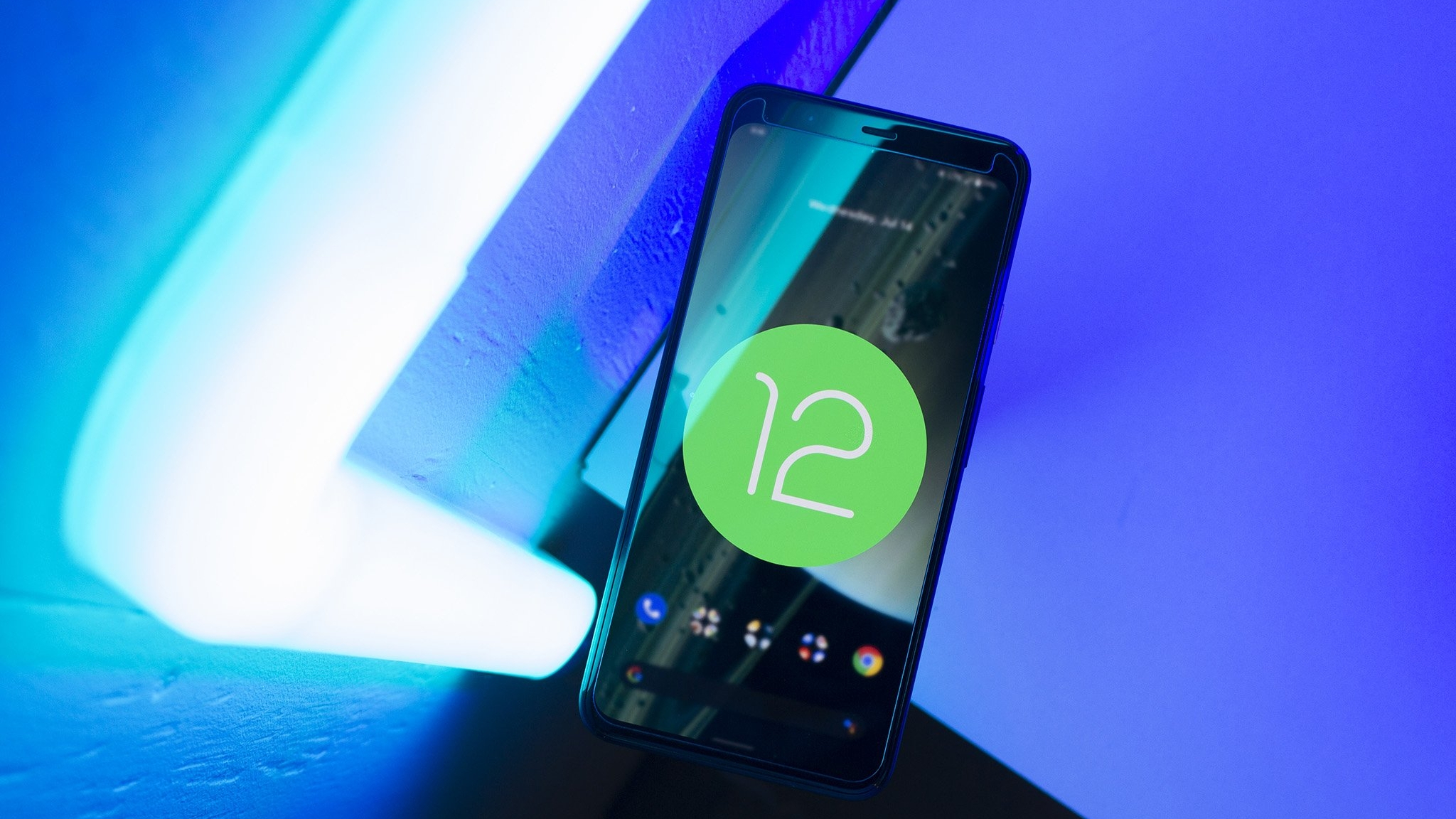All the differences between the types of folding devices
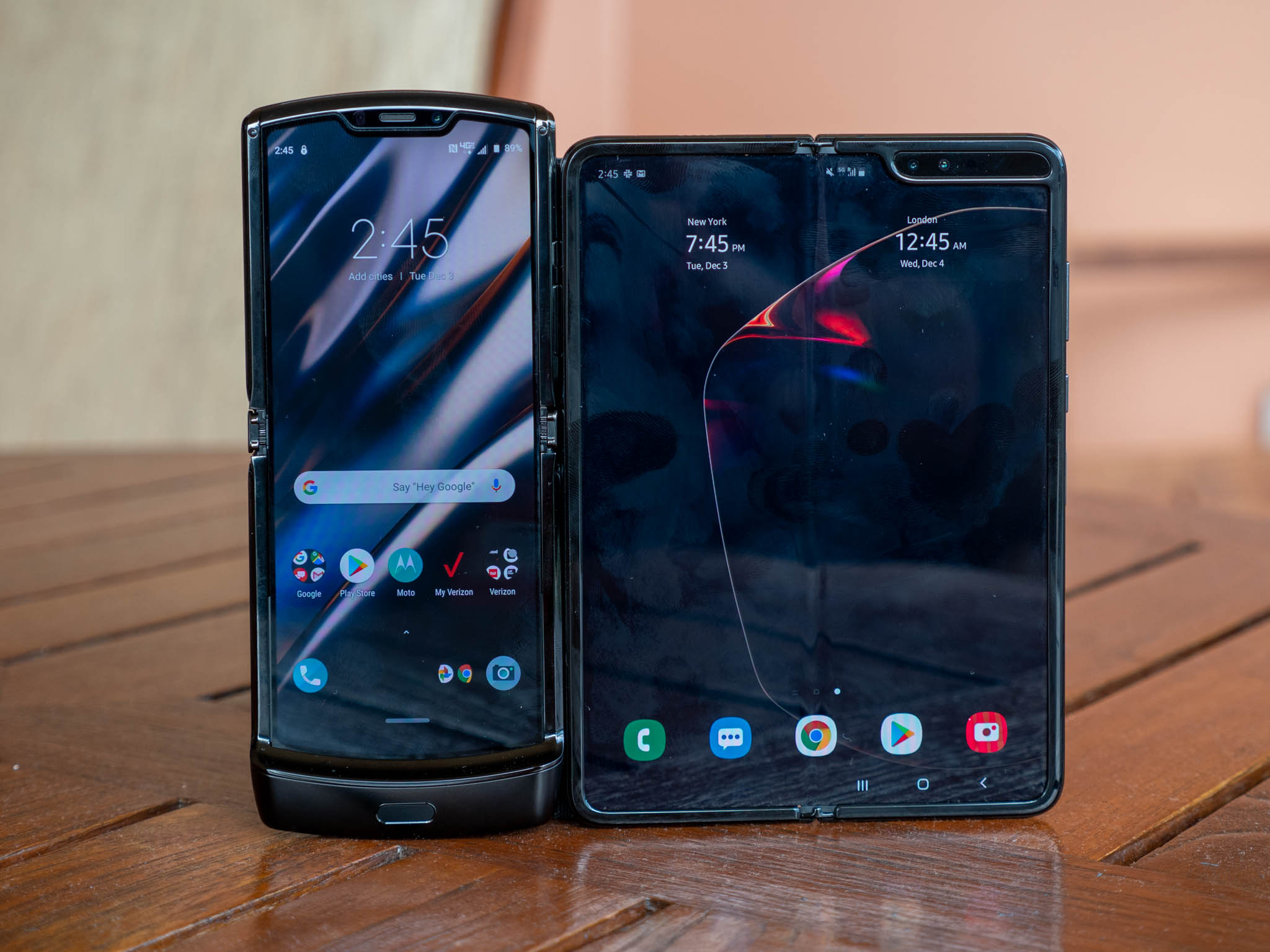
Folding phones and PCs have injected an air of excitement in the tech industry over the past couple of years. Hailed as the "next big thing," we've already started to see folding devices innovate with the rise of flexible screens, inventive hinge mechanisms, and more. With this surge of new devices, we've also seen the debut of some interesting form factors that are new to the smartphone era — though some are familiar to those of us who had a flip phone.
Whether vertical to horizontal, the orientation of the folds matters. There are also companies choosing between a folding screens and dual-screen setups. Beyond that, we've even started to see the concept of a rolling screen break cover.
We're sure to see even more new device types pop up as foldables mature, but here's a look at some of the major differences you should be aware of with the current crop of devices.
Horizontal vs. vertical folds
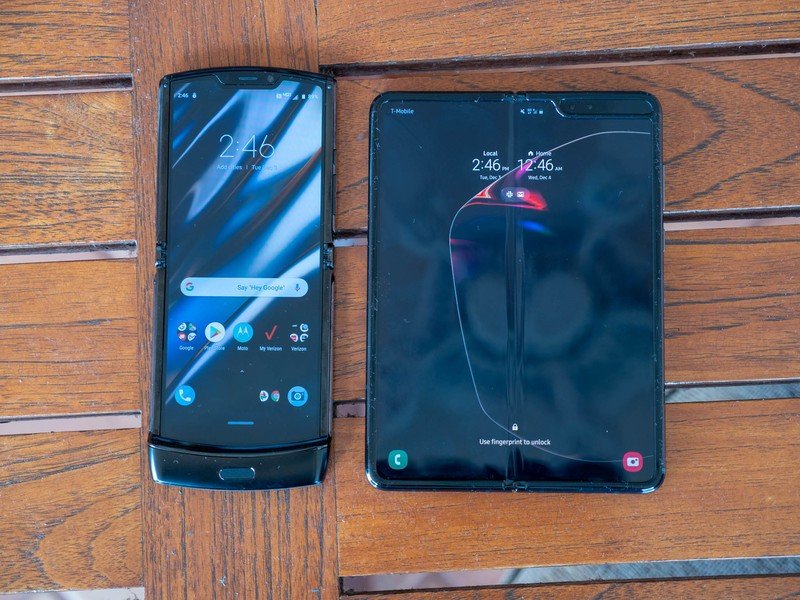
One of the biggest differences you'll see with the current batch of foldables on the market is the orientation of the fold. While some of the first folding smartphones to hit the scene, like the Samsung Galaxy Fold and the Huawei Mate X, packed a vertical hinge, we've started to see devices arrive with horizontal hinges more akin to the flip phones of old.
The most obvious advantage of a vertical hinge is it gives you a lot more screen real estate to work with. Because the hinge runs vertically down the middle of the display, devices like the Samsung Galaxy Fold open to a (small) tablet-sized screen that works well for multitasking and watching videos. Huawei takes this a step further with the Mate X and Mate XS, using a backward-fold design that keeps each half of the display facing outward when the fold is closed, but turns into one giant display when open.
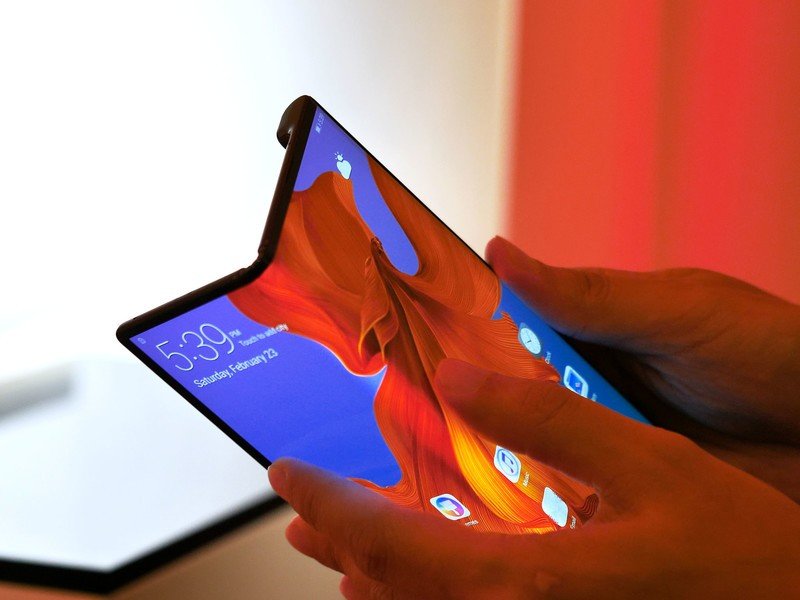
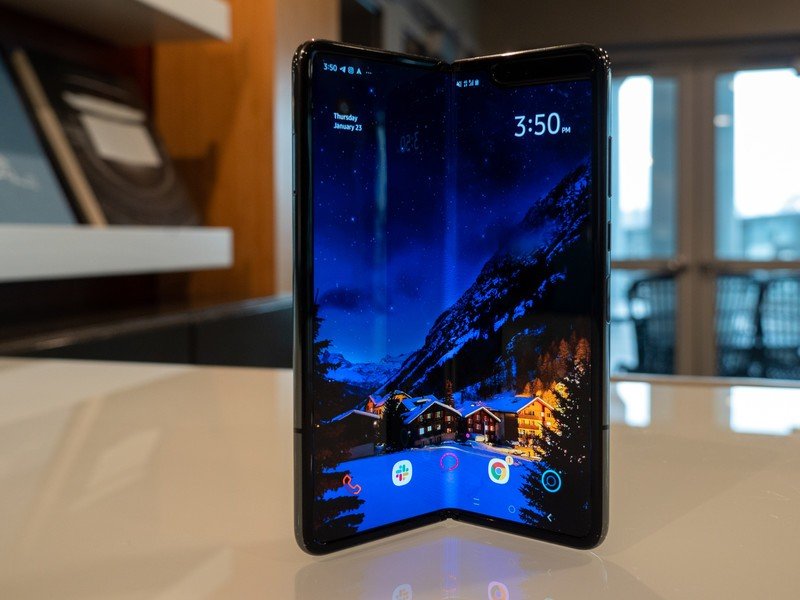
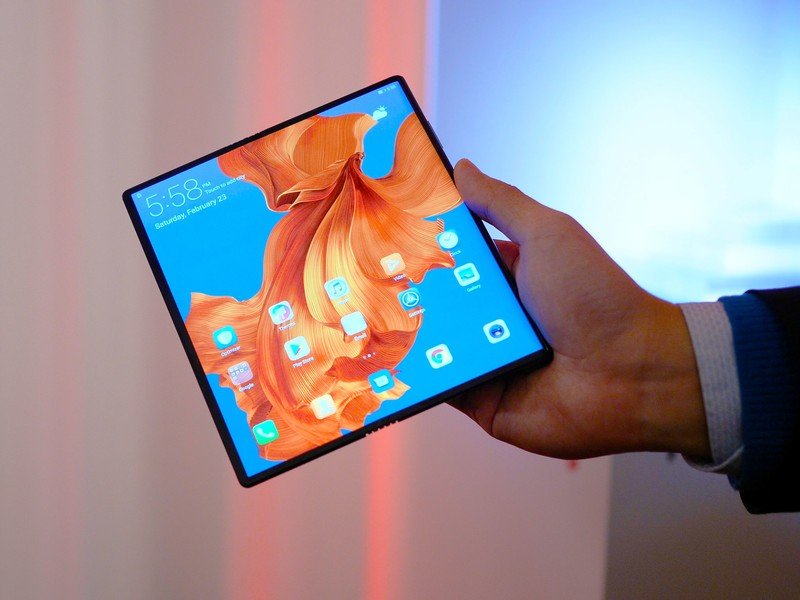
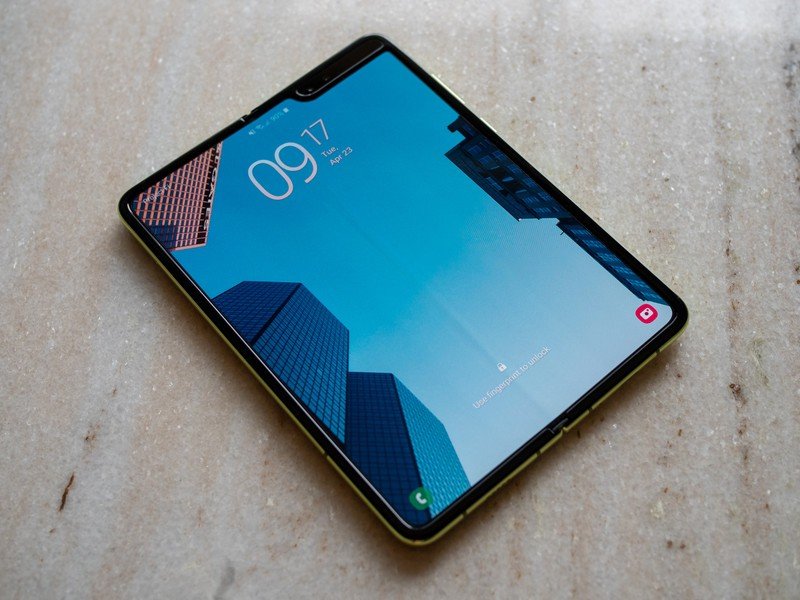
Horizontal hinges are newer to the market, but they are, in many ways, a much more familiar design. The new Motorola RAZR and Samsung Galaxy Z Flip both fit in this bucket, offering a more traditional smartphone experience when unfolded. This style folds down like flip phones of the pre-smartphone era, turning into a compact device you can easily slip into a pocket.
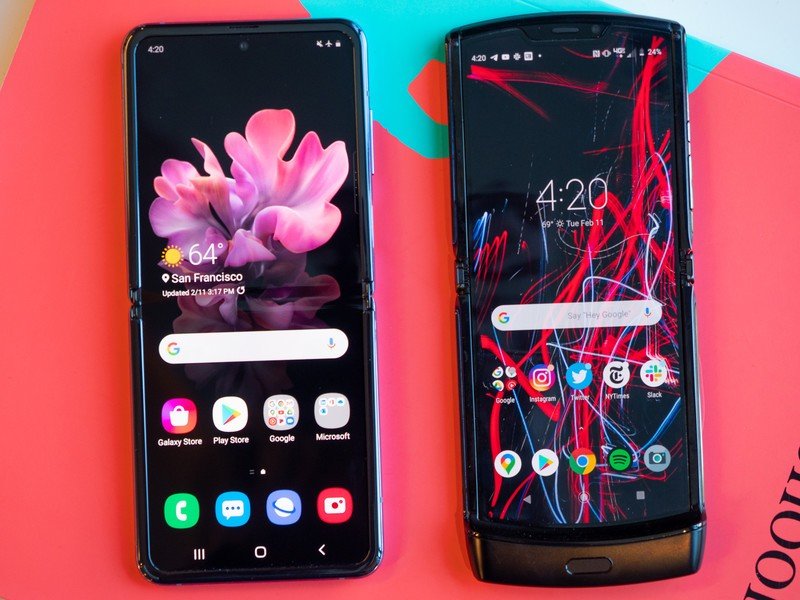
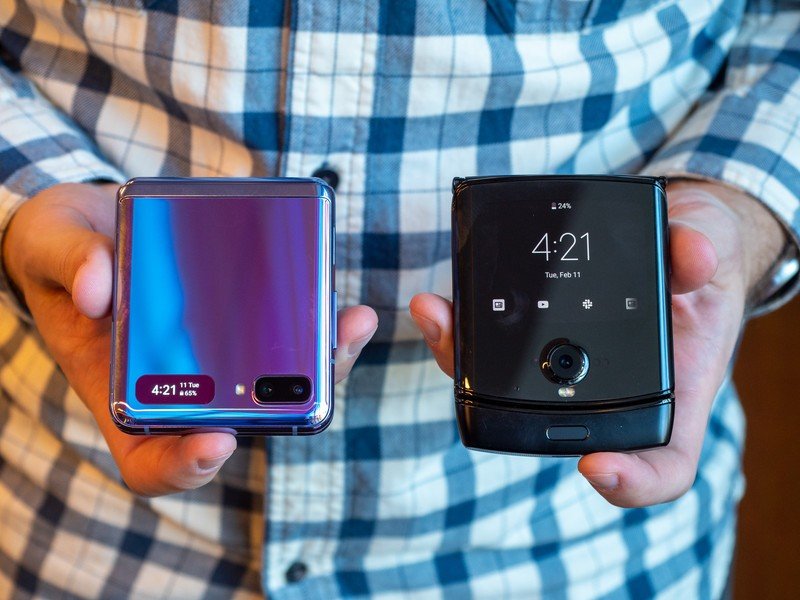
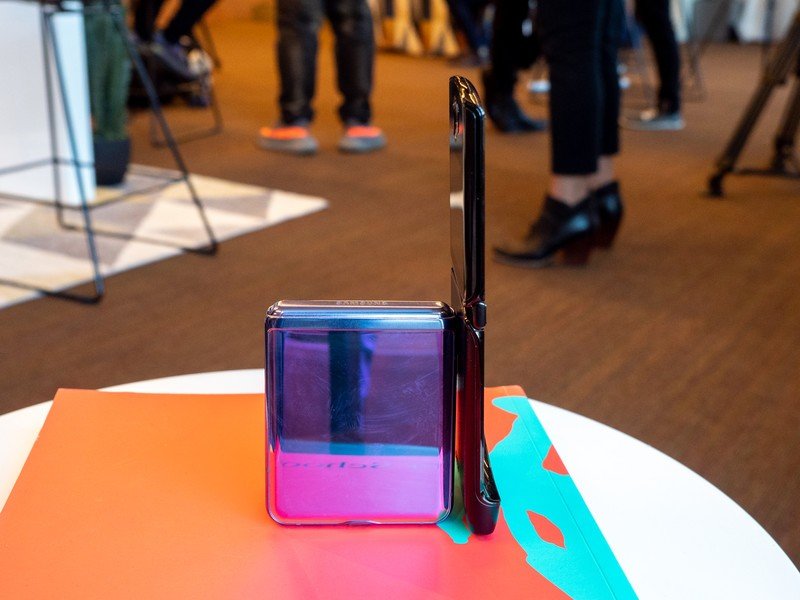
Each style has its advantages and disadvantages. Devices like the Galaxy Fold and Huawei Mate XS are great if you need more screen space, but their larger hinges mean there's more opportunity for hardware issues if something gets inside the hinge. And in the case of the Mate XS, the screen is on the outside of the fold, which increases the chances for damaging it. This style of foldable is also just physically larger than a typical smartphone — these devices are quite big and bulky, even when closed.
Be an expert in 5 minutes
Get the latest news from Android Central, your trusted companion in the world of Android
On the other side, the Motorola RAZR and Samsung Galaxy Z Flip sport the lowest learning curve because they operate like traditional smartphones when open. They're also incredibly compact when folded, and are no wider or heavier than any other smartphone. However, because they stick so close to what we already know as a smartphone, you miss out on the larger screen space offered with other folding devices, while retaining some of the same durability concerns.
Folding vs. dual screens
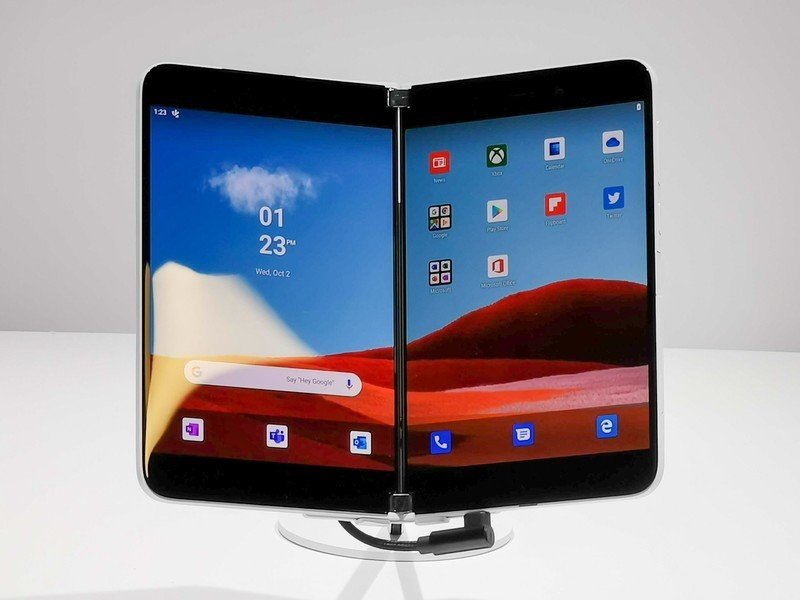
Most of the folding devices we've seen so far use flexible screens, but we've also started to see manufacturers take advantage of two distinct screens. While the former feels much more innovative and has received the lion's share of attention, the latter has its place as well.
Folding displays are much more in vogue right now, and it's not hard to see why. You get the advantage of having one large display, which can be better for movies and games. You also see more foldable displays made out of plastic, which has the advantage of being lighter than glass and shatter-proof.
With those advantages come some caveats, however. Because of the screen tech involved, pricing has been on the high side with devices that sport folding displays so far. They're also more prone to failure in their current form — something that was on full display when Samsung delayed the launch of the Galaxy Fold.
Folding phones with two separate screens, like the upcoming Microsoft Surface Duo, appear a little less exciting by comparison, but they have pros of their own. The displays are made from glass, which is much more durable than the plastic seen on other devices and less likely to encounter failure. Because they use existing screen tech, they're also likely to be cheaper (at least in the short-term). With the Surface Duo, Microsoft has also focused on the improved productivity offered by two distinct screens, but that's something that will be hard to measure.
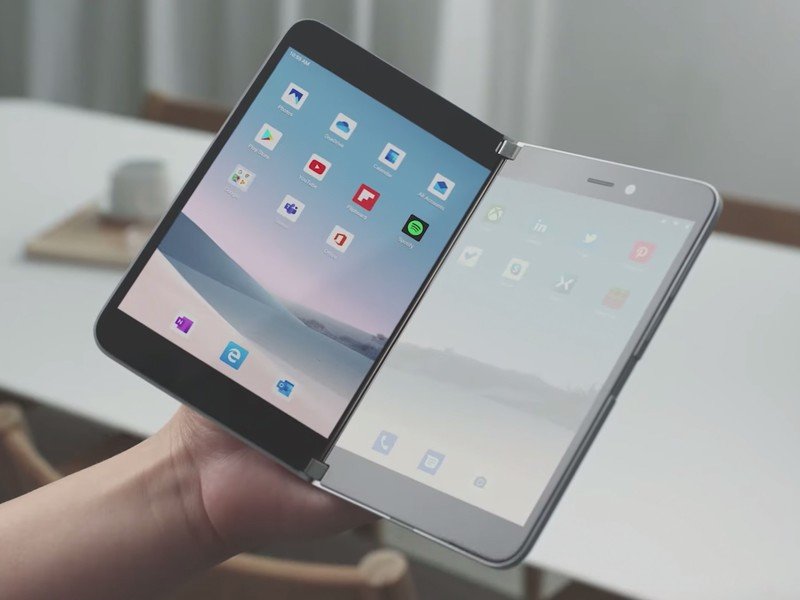
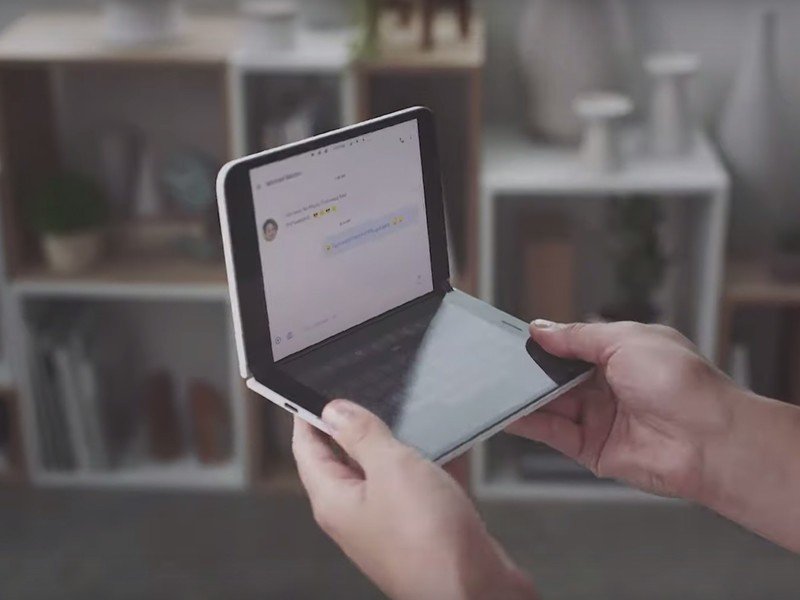
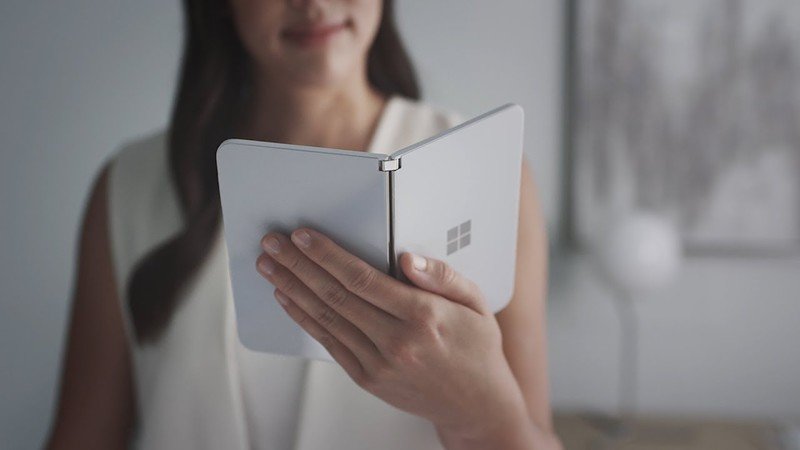
On the other hand, dual-screen phones have some significant downsides compared to their folding-screen siblings. Because there's a divide between the screens, you lose out on viewing videos and playing games on a single, large screen. Importantly, developers have to code their apps to truly take advantage of both screens, which could prove to be a significant hurdle.
Folding PCs

Folding phones have led much of the charge so far, but PC makers are also starting to get in on the action. In a way, you could say laptops could already be considered "folding PCs," but where the true innovation is starting to take hold is with dual- and folding-screen PCs.
While it isn't scheduled to hit stores until late 2020, the Microsoft Surface Neo takes advantage of two distinct displays, much like the Surface Duo. Where the keyboard would normally sit on a typical laptop, Microsoft has replaced it with a secondary screen, effectively doubling the screen space you'd normally get.
Meanwhile, the Lenovo ThinkPad X1 Fold, which is also due out later in 2020, adopts a folding display to get things done. When folded, the ThinkPad X1 Fold resembles a sturdy book. It opens to reveal one, large display that can be used on its own in a traditional laptop-style positon.
The advantages and disadvantages for each approach largely mimic those faced by phones. A folding display has the advantage of giving you much more space to work with content or watch videos. It can also be used on its own while connected to a bluetooth keyboard, giving you more of a traditional desktop workspace in a more portable form.
Using separate displays, however, allows you to keep things separated, which could prove to be better for productivity on the go. The Surface Neo will also be able to fold backwards, giving you a lot more orientations to work with.
Both approaches, however, suffer from legitimate concerns. While you can type on a virtual keyboard using the screen space at the bottom of each device, it's far from an ideal setup. To cover this, Microsoft and Lenovo both include physical keyboards that slot into place on top of the bottom portion of the screen, giving you a more familiar typing experience.
Lenovo has put a lot of work into getting the hinge right for the ThinkPad X1 Fold, but it's still a more complicated mechanism than a traditional laptop hinge. With complication comes a greater possibility of failure.
It's still early days
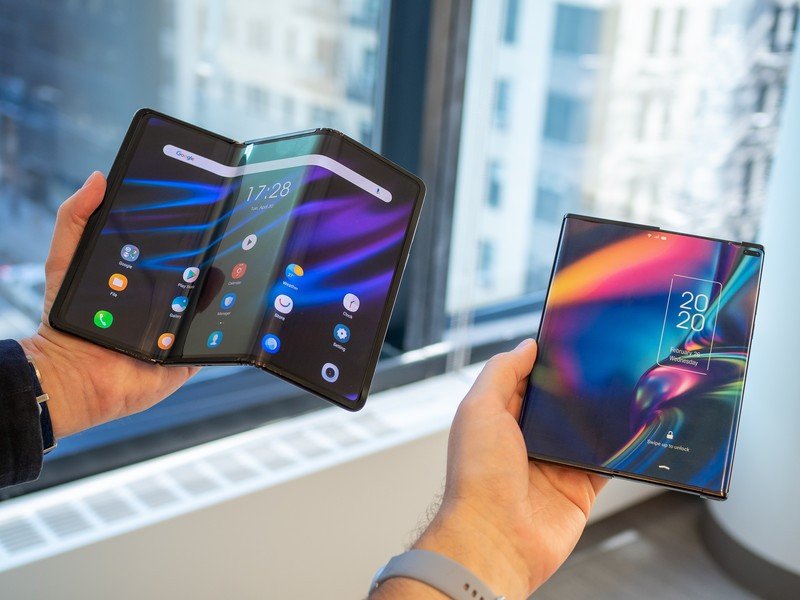
Phone and PC manufacturers have only started to scratch the surface of what we can expect with foldable devices. As they continue to refine their approaches with future devices, we'll no doubt start to see more durable and thoughtful designs. There are some interesting new concepts that we have yet to see materialize in shipping products as well.
TCL has already offered a peek at some new concept device types that show a tantalizing look at what the future may hold. For example, the company showed off a rollable extending screen that can extend in size from a typical smartphone to that of a small tablet. Elsewhere, a unique bifold concept could let you use a phone in three separate screen sizes as your needs change.
Folding devices are still very much in their early days and, given the high price tag for a lot of them, they're largely for early adopters at this point. Still, they offer exciting possibilities for what smartphones and PCs can be.



